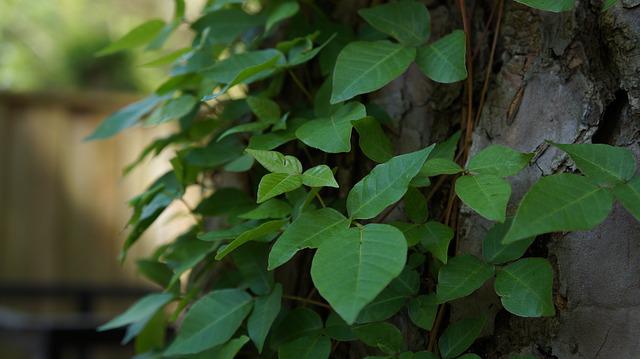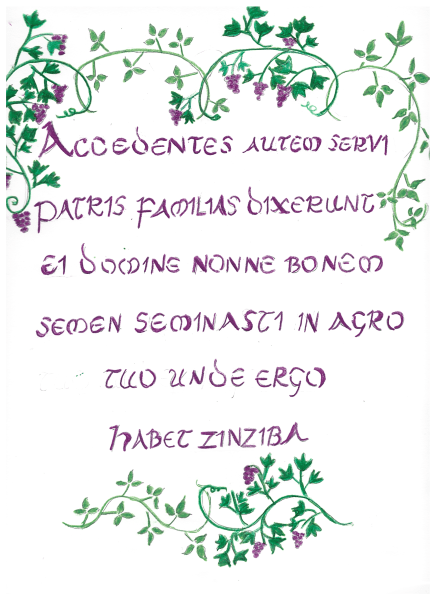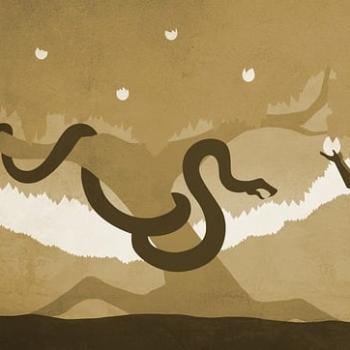
I started out for the community garden, with a stack of cardboard boxes piled comically high in my arms.
Cardboard boxes are the best thing for weeds. You can flatten them out into a long rectangle and then put them on top of the weedy patch, weighed down with a brick or something. In two week’s time that patch will be weed-free, and you can move the cardboard to the next patch. The community garden is nearly overrun with weeds: dandelion and plantain and tall grass, bindweed and poke and some scratchy plant I don’t recognize. All those plants have their uses; I particularly like dandelions. But they’re getting out of control.
I’ve been the only soul working at the community garden most of the times I’ve shown up there. It’s still brand new. Most of the people who help there work a regular job during weekdays. I’m the one who has hours in the afternoon to shovel soil into the raised beds and yank the perpetual weeds. But I’m not powerful enough to keep the weeds back entirely. They are waist-high in the half of the garden that’s fallow, and they’re encroaching on the half where the mulch and the raised beds are. So I gathered my cardboard.
Outside the door, the stalking neighbor was lying in wait. She likes to hide behind the tall bushes that divide our properties, waiting for someone to come out. As I came out with my boxes, she bellowed the usual insults. “R*t*rd! Assh*le! R*t*rd! Going to the r*t*rd factory!”
“We showed the pictures of you on our porch on Martin Luther King Day to the neighbors, trespasser,” I said– imagining myself courageous, though inwardly I was shaking.
It worked. She was shocked into silence for a moment.
I hustled around the corner down the street, praying she wouldn’t follow me, and she didn’t.
For awhile I flattened cardboard and laid it on the weeds, imagining my neighbor was a bindweed shoot. Then I shoveled soil into the garden beds, furiously, blowing off steam, until I was exhausted.
Later that week, my strawberries were destroyed by accident.
We have a nice neighbor who mows our lawn for us so that the stalking neighbor won’t attack us anymore. She is obsessed with the boundary line between our yards, and every time we mow near it she comes out to harass and sometimes assault and batter. The police have informed us that this is our fault for not learning to get along with her and will do nothing. But the other neighbor tries to help by cutting our grass after he cuts his own, and we’re very grateful.
A few nights ago, he came when it was getting dark. He accidentally ran over my strawberry patch, the one I’d planted in 2020 when I hoped the neighbor would leave us alone. It had been all full of new green berries, just ready to ripen in the sun. Now it was bare earth without a leaf.
I cried for a long time.
I’ve done a lot of worrying this year. I’ve had a lot of severe panic attacks. But this was the first real cry I’ve had in months, and all over some strawberries. I cried until I was sick, and then I snuck out to the garden again.
I prayed to Saint Michael as I sprinted past the neighbor’s house, and by some miracle, she didn’t come out. I shoveled the soil into the last of the garden beds, wondering if any other gardeners would show up and whether anyone would come haul the logs from the old tree away. I fussed over the first sprouts of my giant sunflowers. I worried about mushrooms growing in the potato barrel. I looked for any signs of the corn coming up.
I explored the back part of the garden, where the giants weeds are. There’s some asparagus, though it’s ferning out now. I’m told there were once strawberry plants by the big tree stump, but I couldn’t find any. And I found a grape vine, growing on the back fence, tangled up with the most aggressive poison ivy I’d ever seen. There would be no way to get to the grapes this summer without covering myself in blisters.
I went home and thought about that for awhile.
I took out my colored pencils and made an art project, which I haven’t done since November or so– since before the last time I had a good cry, in fact. I wanted to make a drawing of that poison ivy tangled together with a grape vine. And I did.

Accedentes, autem servi patris familias dixerunt ei, “Domine, nonne bonum semen seminasti in agro tuo? Unde ergo habet zizania?”
Matthew 13:27, from the Vulgate. The King James version translates it “And the servants of the householder came and said unto him, Sir, didst thou not sow good seed in thy field? whence then hath it tares?”
Tares are vetch, a weed that looks like wheat when they’re both young. It won’t fool anybody when the wheat and vetch are older. The same thing happens with poison ivy and every other sort of vine, in my experience: you take people who don’t know anything about nature on hikes, and they call everything poison ivy and shy away from it. They won’t touch bindweed or wild grape or good grapes or Virginia creeper, imagining it all to be poison ivy.
There was not room on my sketch pad to calligraphy the master’s curt answer: “Inimicus homo hoc fecit. An enemy hath done this.”
There was no room to write out his strange instructions: to leave the wheat and tares growing together side by side until it’s time to bring the crops in, just in case you mistake a good healthy plant for a weed. The master is clearly a miser who can’t stand the thought of even a single good stalk of wheat going to waste, which is good news if you happen to be wheat. But the master is also a ridiculously bad gardener, because those weeds are going to be thigh-high in a short time, and they will ruin his whole crop. Does he care about the wheat or doesn’t he?
There was no answer given, in the parable, as to how this arrangement came to be in the first place: who that enemy was, how he came to be at odds with the master, why the master didn’t take better care to keep him out of the garden in the first place. He just was. Not in the very beginning– the beginning of everything was the master sowing good seed. But sometime after, there was an enemy, and now the garden is a mess, and there is no plan to clean it up for the time being.
I didn’t put any of that in artwork either.
I think it’s appropriate to just leave it as a question for now: Whence hath it tares?
Steel Magnificat operates almost entirely on tips. To tip the author, visit our donate page.













